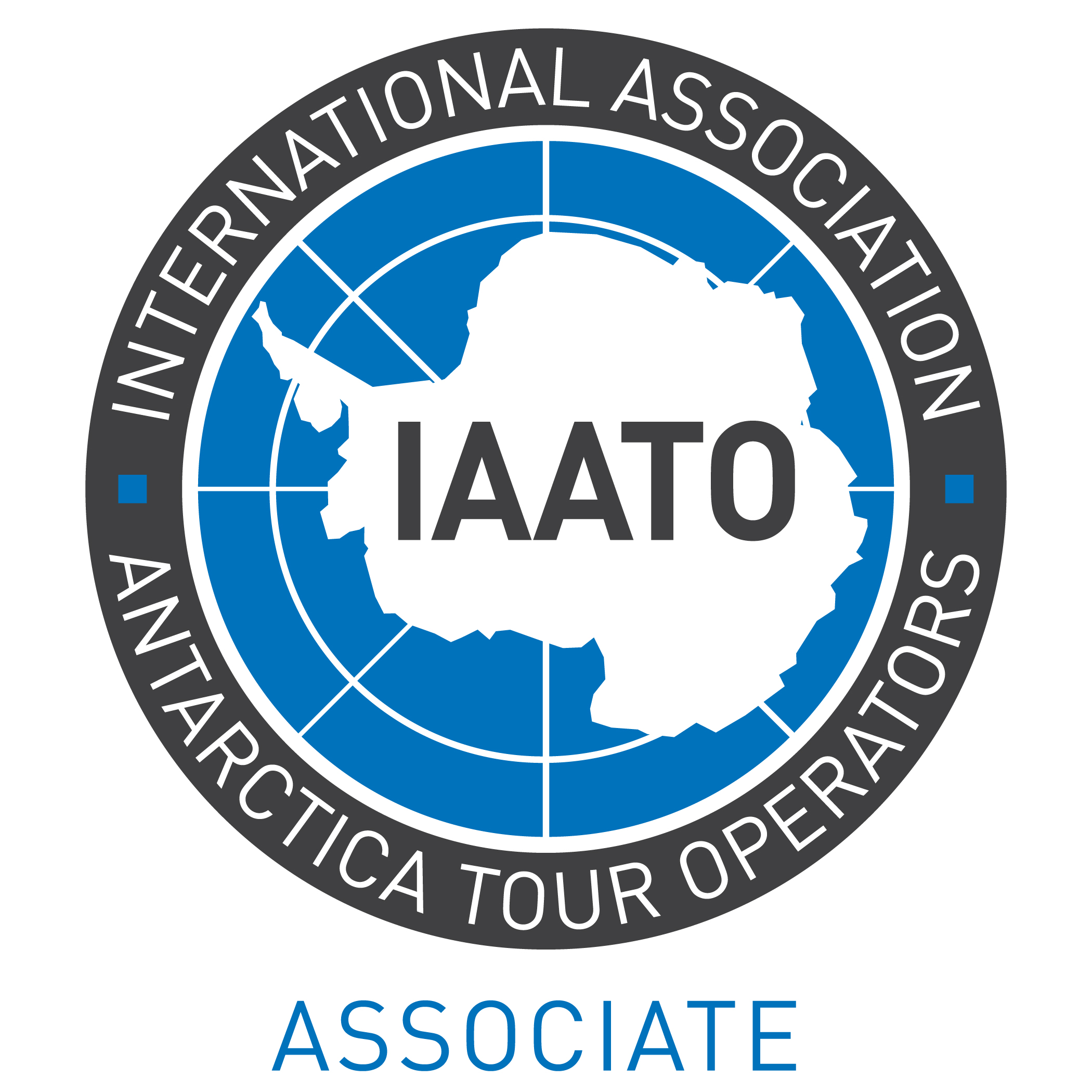Personalised Signature Itineraries
Choose one of our signature itineraries from Latin America, choose your date and add extensions to make it yours.
Small Ship Cruises
Whether on an expedition to Antarctica or on a luxury Amazon cruise in South America, a small ship cruise is definitely a great way to get around to the most awe-inspiring places on our planet.
Operations in South America
We have our own operations in Peru, Argentina, Chile and Brazil, directly employing local guides and local support staff.
Newsletter Signup
Stay in loop with everything South America, Antarctica and Arctic. From our comprehensive travel guides to Special Deals, be the first to know.












